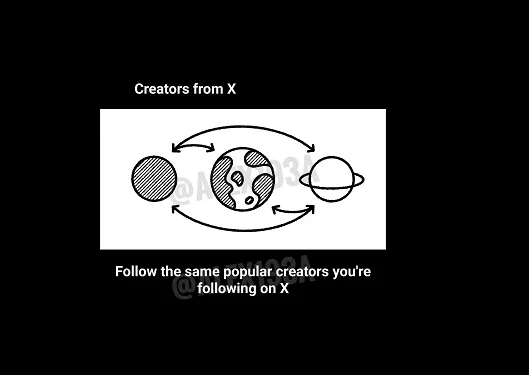One constant thing about any business is change. You must adopt a flexible business plan with changing ideas, necessities, requirements, and demands. Accordingly, you will find that your business is ever-growing and flourishing through good customer relationships.
A good business plan helps serve many purposes, including key operations such as the following :
1. Understanding your business
2. A budget plan to meet your short-term and long-term goals
3. Applying for a business loan
4. Investment ideas, profit-building ideas
A business plan varies with an organization based on your business model, income, changes in executive management, change in the organizational structure, rising competition from other businesses, laws and regulation alteration, social and cultural factors of your target market, and many other factors.
Here, we have presented the significant elements of the business plan for a user to understand how your organization executes its operation and plans for the future.
1. Principal summary
Your business summary should be the initial section of your business plan. It constitutes the readers’ first impression of your business and helps generate an opinion.
The key points of the principal summary comprise the following:
- Past accomplishments and the plan
- Current placement and focus
- Product Description
- Commercial outlook and requirements
This being said, the other significant function of the principal summary is to tell the user about the importance of reading the rest of the business plan and why you wish them to do so.
2. Business Overview
Post creating the principal summary, it is time you develop the business overview explaining your business proposal and how it aligns with the market. The following things require explanation specifically in this section:
- What your organization does
- Who are your customers are
- The market where your business operates
- Your products and services
Notably, you must talk about your business, given your existing market. Explain how you flourish in the existing market and prove competitive. It would help if you talked to users regarding the specific market dynamics. Mention the industry standard and where you are positioned concerning the competition.
Ensure to include the following:
- Mission, vision, and goals of the organization
- The target audience
- Business structure
- Selling points
- Products and services and their respective solutions
3. Sales and Marketing Strategy
Sales and marketing strategy requires a good understanding of the market space and how your business positions with the existing competition. The sales and marketing strategy should outline as follows:
- Define your target market. This should include the size, the emerging trends, and your project’s market share
- Outline how appealing is the target market to your company and why
- Threats and opportunities across the way
- Include the ideal customer profile to report the niches you will target
- Analyze the players across your market whose services might compete with you
- How do you differ from your competitors and give itself to the targeted niche
- Summarize the marketing and advertising tactics that will help promote your business to give your brand overview.
- How does your pricing strategy within the competition relate to your positioning
4. Management
The operations and management section lets you see how your organization does differently. The people and the processors are the keys to business operations. They help develop better products cost-efficiently.
Here are two main points to focus on:
Operational plan: Summarizes a business’s day-to-day operations, including the process details and the required resources for the organization to perform its functions. This includes the location, suppliers, quality control, location, production, or service delivery.
5. Financial Plan
This section mainly includes the goals and budgets unique to each business. This is a significant part of the business plan. A good financial plan will include the following :
- Profit and loss projection comprises sales, profits, tax, and costs for the coming years. Sometimes it can be for three years.
- A financial statement that talks about the amount that enters or leaves the system
- Level of the project sales enabling businesses to cover their costs
- Show the investors how the money flows. Includes the summary of all the expenses for big purchases and costs for the day-to-day operations.
Conclusion
We have seen how a good business plan can help achieve business goals. Sometimes, an established business requires a new business plan to have its approach in a new direction. Hence, every business needs a plan that is reviewed and updated periodically to reflect the business goals.








































































